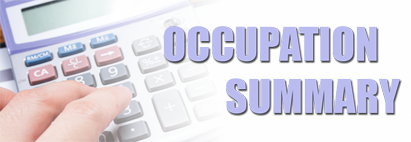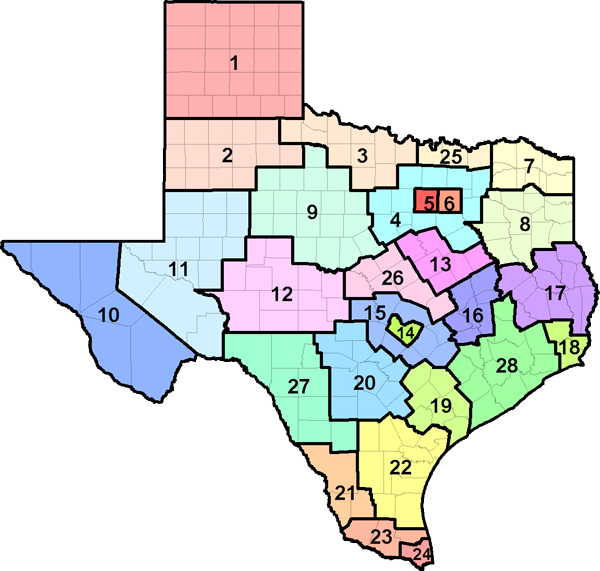The U.S. Department of Labor has developed an automated occupational information database, O*NET, that identifies and describes work content, work skills, and training requirements for all jobs across the country in all sectors of the economy. Much of the occupational information contained in this report is derived directly from the O*NET database, and supplemented with information from the Bureau of Labor Statistics, Census Bureau, and Labor Market and Career Information.

| Industry | % of Landscaping and Groundskeeping Workers employed | Annual Growth Rate |
|---|---|---|
| Services to buildings and dwellings | 45.7 | 0.18 |
| Other amusement and recreation industries | 7.8 | 0.68 |
| 2024 Statewide average hourly wage | $17.61 |
| 2024 National average hourly wage | $19.66 |
| 2022 National employment | 1,176,100 |
| 2022 Texas employment | 84,877 |
| Texas projected employment by 2032 | 99,028 |
| Texas projected annual employment and Turnover openings through 2032 | 13,126 |

| Region | Employment | Projected Employment 2032 | Projected Annual Openings 2032 |
Annual Growth Rate |
Average Income |
|---|---|---|---|---|---|
| Texas (all regions) | 84,877 | 99,028 | 13,126 | 1.55% | $36,633.00 |
| Top 10 Relevant Knowledge Areas | Relevant Importance Levels |
|---|---|
| English Language Knowledge of the structure and content of the English language including the meaning and spelling of words, rules of composition, and grammar. |
|
| Customer and Personal Service Knowledge of principles and processes for providing customer and personal services. This includes customer needs assessment, meeting quality standards for services, and evaluation of customer satisfaction. |
|
| Chemistry Knowledge of the chemical composition, structure, and properties of substances and of the chemical processes and transformations that they undergo. This includes uses of chemicals and their interactions, danger signs, production techniques, and disposal methods. |
|
| Mechanical Knowledge of machines and tools, including their designs, uses, repair, and maintenance. |
|
| Public Safety and Security Knowledge of relevant equipment, policies, procedures, and strategies to promote effective local, state, or national security operations for the protection of people, data, property, and institutions. |
|
| Administration and Management Knowledge of business and management principles involved in strategic planning, resource allocation, human resources modeling, leadership technique, production methods, and coordination of people and resources. |
|
| Biology Knowledge of plant and animal organisms, their tissues, cells, functions, interdependencies, and interactions with each other and the environment. |
|
| Mathematics Knowledge of arithmetic, algebra, geometry, calculus, statistics, and their applications. |
|
| Design Knowledge of design techniques, tools, and principles involved in production of precision technical plans, blueprints, drawings, and models. |
|
| Transportation Knowledge of principles and methods for moving people or goods by air, rail, sea, or road, including the relative costs and benefits. |
| Top 10 Relevant Skill Areas | Relevant Importance Levels |
|---|---|
| Operation and Control Controlling operations of equipment or systems. |
|
| Speaking Talking to others to convey information effectively. |
|
| Critical Thinking Using logic and reasoning to identify the strengths and weaknesses of alternative solutions, conclusions, or approaches to problems. |
|
| Active Listening Giving full attention to what other people are saying, taking time to understand the points being made, asking questions as appropriate, and not interrupting at inappropriate times. |
|
| Coordination Adjusting actions in relation to others' actions. |
|
| Operations Monitoring Watching gauges, dials, or other indicators to make sure a machine is working properly. |
|
| Time Management Managing one's own time and the time of others. |
|
| Judgment and Decision Making Considering the relative costs and benefits of potential actions to choose the most appropriate one. |
|
| Service Orientation Actively looking for ways to help people. |
|
| Monitoring Monitoring/Assessing performance of yourself, other individuals, or organizations to make improvements or take corrective action. |
| Top 10 Relevant Abilities | Relevant Importance Levels |
|---|---|
| Multilimb Coordination The ability to coordinate two or more limbs (for example, two arms, two legs, or one leg and one arm) while sitting, standing, or lying down. It does not involve performing the activities while the whole body is in motion. |
|
| Manual Dexterity The ability to quickly move your hand, your hand together with your arm, or your two hands to grasp, manipulate, or assemble objects. |
|
| Trunk Strength The ability to use your abdominal and lower back muscles to support part of the body repeatedly or continuously over time without "giving out" or fatiguing. |
|
| Extent Flexibility The ability to bend, stretch, twist, or reach with your body, arms, and/or legs. |
|
| Control Precision The ability to quickly and repeatedly adjust the controls of a machine or a vehicle to exact positions. |
|
| Static Strength The ability to exert maximum muscle force to lift, push, pull, or carry objects. |
|
| Arm-Hand Steadiness The ability to keep your hand and arm steady while moving your arm or while holding your arm and hand in one position. |
|
| Stamina The ability to exert yourself physically over long periods of time without getting winded or out of breath. |
|
| Problem Sensitivity The ability to tell when something is wrong or is likely to go wrong. It does not involve solving the problem, only recognizing that there is a problem. |
|
| Visualization The ability to imagine how something will look after it is moved around or when its parts are moved or rearranged. |